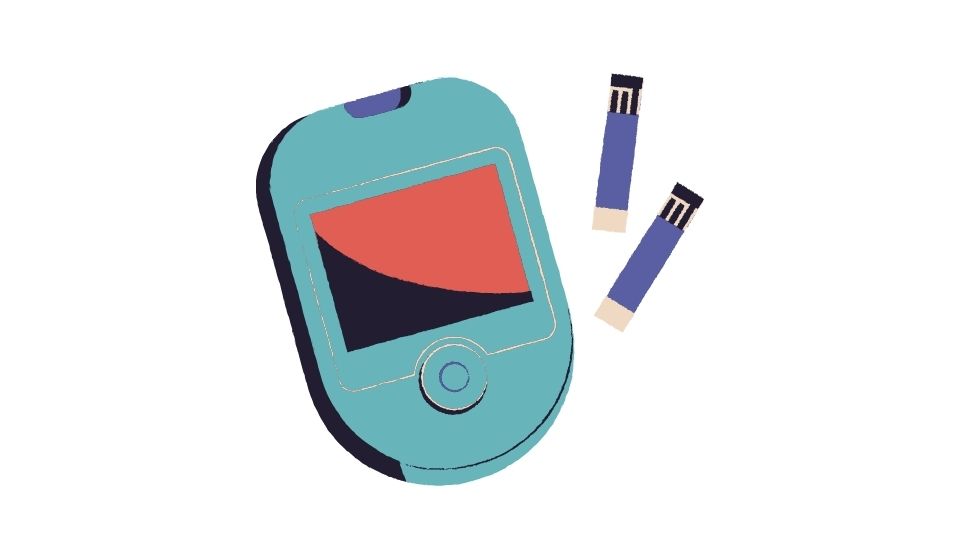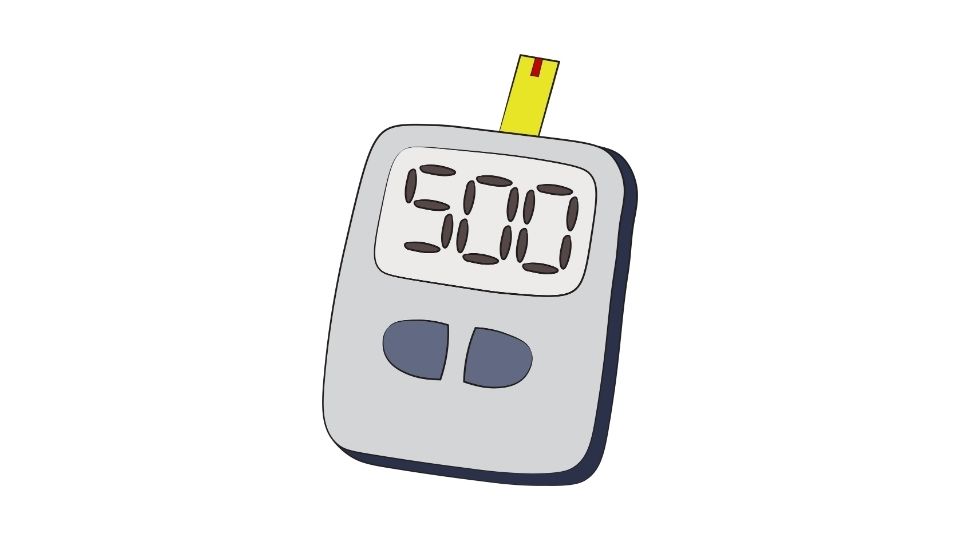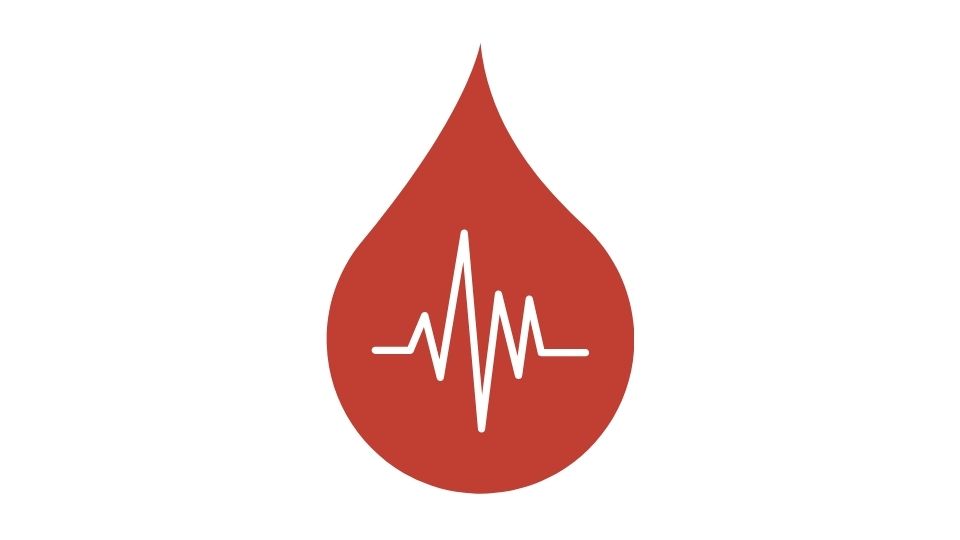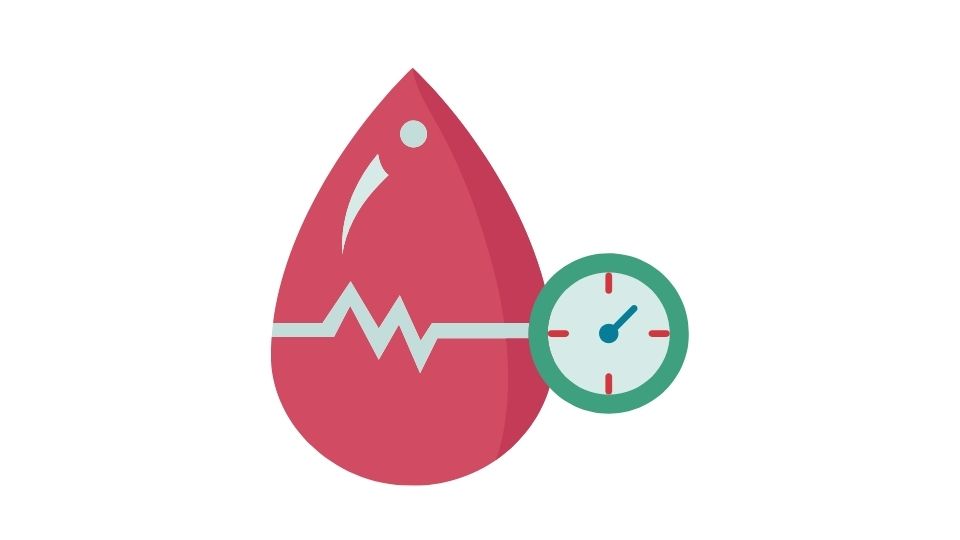Blood sugar management isn’t just for people with diabetes anymore. With metabolic health becoming a hot topic, more of us are paying attention to those glucose levels – and what we eat directly impacts them.
The key to keeping things stable? Knowing exactly what goes into your mouth and how it affects your body. Let’s dig into how meal tracking can revolutionize your blood sugar control.

The Blood Sugar Rollercoaster: Why Should You Care?
Think of your blood sugar like a rollercoaster – too many ups and downs is a wild ride nobody wants to be on.
When your glucose levels swing wildly throughout the day, you might experience:
- Afternoon energy crashes
- Mood swings (hangry, anyone?)
- Brain fog when you need to focus
- Increased food cravings
For people with diabetes, these swings are even more serious. Keeping blood glucose in range helps prevent both short-term symptoms and scary long-term complications like heart disease, nerve damage, and vision problems.
According to the CDC, even people without diabetes can benefit from more stable blood sugar – it improves energy, mood, and may help prevent developing type 2 diabetes down the road.
How Meal Tracking Becomes Your Blood Sugar Superhero

Meal tracking isn’t just counting calories – it’s your secret weapon for understanding how food affects YOUR unique body.
Carbs: The Main Character in Your Blood Sugar Story
Carbohydrates have the biggest and fastest impact on your blood glucose. When you eat carbs, they break down into glucose during digestion, causing your blood sugar to rise.
But not all carbs are created equal:
- Simple carbs (think white bread, candy, soda) = quick spikes
- Complex carbs with fiber (vegetables, whole grains) = gentler rises
By tracking your carb intake, you can see patterns and make smarter choices.
Balance Is Everything
Adding protein, healthy fats, and fiber to your meals can dramatically change how your body processes carbs.
For example, eating an apple with almond butter will cause a much gentler blood sugar response than eating the apple alone. The fat and protein in the almond butter slow down digestion and glucose absorption.
Research from Harvard Medical School shows that this meal composition approach can be more effective than just counting total carbs.
Timing Matters Too
When you eat can be just as important as what you eat.
Some patterns worth tracking:
- How your body handles carbs at different times of day
- Whether spacing out meals helps keep levels stable
- If nighttime snacking affects your morning numbers
The CGM Revolution: Real-Time Feedback Loops

The game-changer in blood sugar management? Continuous Glucose Monitors (CGMs) – small wearable devices that track your glucose levels 24/7.
CGMs used to be only for diabetes management, but now they’re becoming popular with health enthusiasts, athletes, and anyone curious about optimizing their metabolism.
When you pair CGM data with detailed meal tracking, you get a powerful feedback system:
- Eat a meal
- Log what you ate
- Watch how your glucose responds
- Learn and adjust for next time
The Diabetes Technology Society reports that this combination of CGM + meal tracking has shown remarkable improvements in glucose control for diabetes patients.
Getting Started: Your Blood Sugar Control Action Plan

Ready to take control? Here’s your step-by-step guide:
1. Choose Your Tracking Method
You’ve got options ranging from super simple to tech-forward:
- Paper food journal (old school but effective)
- Basic note-taking app on your phone
- Dedicated meal tracking apps
- Text-based tracking services
- Photo-based food logging
Whatever you choose, consistency is more important than complexity. The best tracking method is the one you’ll actually use!
2. Focus on the Right Details
Don’t just track calories. For blood sugar management, you want to note:
- Carbohydrate content (especially net carbs)
- Protein and fat amounts
- Fiber content
- Meal timing
- How you feel after eating
3. Experiment and Learn
The beauty of tracking is that it turns your diet into a personalized science experiment. Try different approaches:
- Swap refined carbs for whole versions
- Add protein to traditionally carb-heavy meals
- Test different meal timings
- Try intermittent fasting (with medical guidance)
According to Diabetes Care, this experimental approach, guided by data, leads to much better outcomes than generic dietary advice.
The Tech Tools Making Blood Sugar Management Easier
Technology is revolutionizing how we track meals and manage blood sugar. Here are some standout options:
Meal Tracking Apps That Play Nice With Blood Sugar
Several apps now specifically focus on the meal-glucose connection:
Text-based trackers: Services like MealByMeal let you simply text what you ate and automatically calculate calories and macros – perfect for busy people who want simplicity.
Photo logging apps: Just snap a picture of your meal and AI identifies the foods and portions.
CGM-integrated apps: These sync with your glucose monitor to directly show how meals affect your levels.
The Magic of CGM Integration
When your meal tracker talks to your glucose monitor, you get insights like:
- Which foods cause your biggest spikes
- How meal timing affects your overnight glucose
- Whether certain food combinations work better for your body
- Your personal carb tolerance at different times of day
The Journal of Diabetes Science and Technology reports that this integrated approach can improve Time in Range (the percentage of time your glucose stays in healthy levels) by 10-20% for many users.
Pro Tips for Maximum Results

Consistency Beats Perfection
Track 80% of your meals consistently rather than trying to be perfect and giving up. Even partial data gives valuable insights.
Look for Patterns, Not Just Numbers
Instead of obsessing over every small glucose fluctuation, look for trends:
- Which meals consistently cause problems?
- What eating patterns lead to your best days?
- How do stress, sleep, and exercise interact with your meal responses?
Become a Meal-Stacking Expert
Learn to “stack” your meals in the right order. Research shows eating vegetables and protein before carbohydrates can reduce post-meal glucose spikes by up to 75%.
Try this order:
- Non-starchy vegetables first
- Proteins and fats second
- Starches and sugars last
Don’t Forget the Non-Food Factors
Blood sugar isn’t just about food. Also track:
- Sleep quality
- Stress levels
- Exercise timing
- Menstrual cycles (for women)
All these factors can dramatically change how your body responds to the same meal on different days.
The Future Is Personalized
The most exciting development in blood sugar management is the move toward true personalization.
We’re rapidly learning that there’s no one-size-fits-all approach to diet and blood sugar. Your perfect meal might spike someone else’s glucose, and vice versa.
Tracking creates your personal guidebook to:
- Which foods work for YOUR body
- How YOUR glucose responds to different meal combinations
- What YOUR optimal meal timing looks like
As personalized nutrition research advances, the tools will get even better at predicting how specific meals will affect your unique metabolism before you even eat them.
With consistent tracking and a willingness to learn from your data, you can discover your personal formula for stable energy, better mood, and optimal health – all through the power of understanding your blood sugar response.
So grab your tracker of choice and start building your personal blood sugar blueprint today! Your future energized self will thank you.




Leave a Reply